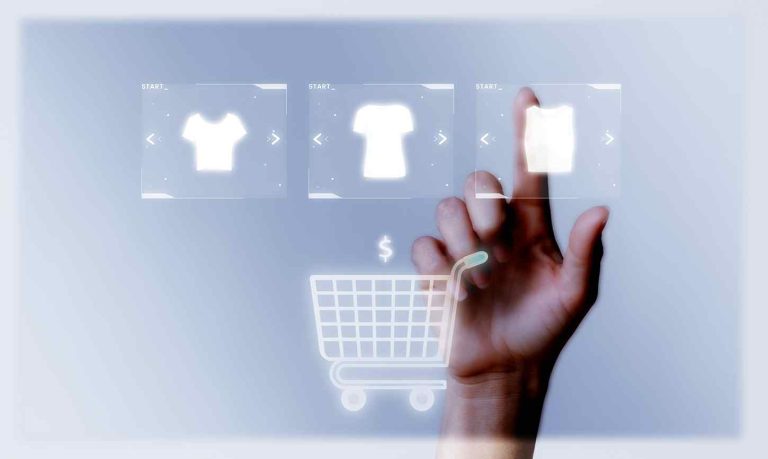If your eCommerce company is still tasking merchandising teams with manually addressing the massive breadth of possibilities that come with modern approaches to eCommerce personalization — that won’t cut it in today’s marketplace.
That’s one of the latest lessons from GroupBy Inc., a leading provider of eCommerce AI-powered Product Discovery Solutions.
It’s widely accepted that personalizing the online shopping experience for customers is the most important aspect of competing in the crowded eCommerce marketplace. When done correctly, it pays dividends.
Although 66 percent of customers now expect companies to understand their unique needs, only 34 percent of them actually do treat customers as individuals, according to SalesForce research.
Those numbers suggest two things, according to a GroupBy blog post. The first is that most eCommerce businesses still have a long way to go to provide the experience modern consumers want. The second is that companies that figure out personalization will have a major advantage over the competition.
One of the best ways for eCommerce companies to accomplish that is to embrace artificial intelligence and machine learning.
If there’s one thing that most internet companies have in overabundance, it’s data. If your company has been doing online business for even a few years, you likely already have more data you know what to do with.
The problem is figuring out how to leverage it, and that’s where machine learning comes in. Asking even an entire team of people to translate that data into actionable changes to customer preferences — that’s just not realistic.
But having the right product discovery tools like search and recommendations, that are truly powered by AI, can drastically reduce manual intervention. Being able to analyze customer historical data, behaviour, preferences, and purchases will provide search and recommendation results that are timely and tailored to each shopper thereby increasing average order value and the likelihood of a return customer.
ML applications have many use cases in eCommerce. The large supply of eCommerce data “creates an opportunity” for businesses to manage their inventory based on real-time data about customer behavior. But that can only be properly leveraged with modern analytics that match the frequency of retail transactions, wrote Pierre DeBois, the founder of Zimana, a small business digital analytics consultancy.
“A retailer can establish machine learning models that establish a relationship between operation activity and customer choices,” DeBois wrote. “Moreover, retailers can develop forecast guidance based on activity, yielding better ordering schedules, fostering metrics for operational efficiency, and raising better communication among managers overseeing a retail operation.”
If your eCommerce platform is experiencing low conversion rates, then personalization through machine learning is one of the first issues you should address, GroupBy says.
Machine learning models will use your site’s data to provide an in-depth look at how customers are actually interacting with your site. Merchandising teams can then use that information to improve product recommendations and items most frequently purchased together, ultimately optimizing the experience for each individual customer based on their history with the site.
“Critically, the data acquired via ML [machine learning] helps you reduce customer friction by serving up products that customers are more likely to buy, and highly relevant product recommendations and comparisons,” GroupBy wrote. “ML goes further still, giving you the ability to optimize personalization with individualized incentives and offers. Finally, ML even extends personalization to content and communication, serving up relevant articles, images or other compelling content.”
The goal of personalization should be creating loyal customers who feel your eCommerce platform truly understands their needs. That more than anything will keep customers coming back to buy from you.
Artificial intelligence is already “blurring the lines” between in-store retail and online stores, and creating new opportunities in both physical and online spaces.
Leveraging this quickly evolving technology represents the future of retail, in ways that we’re just beginning to understand.

